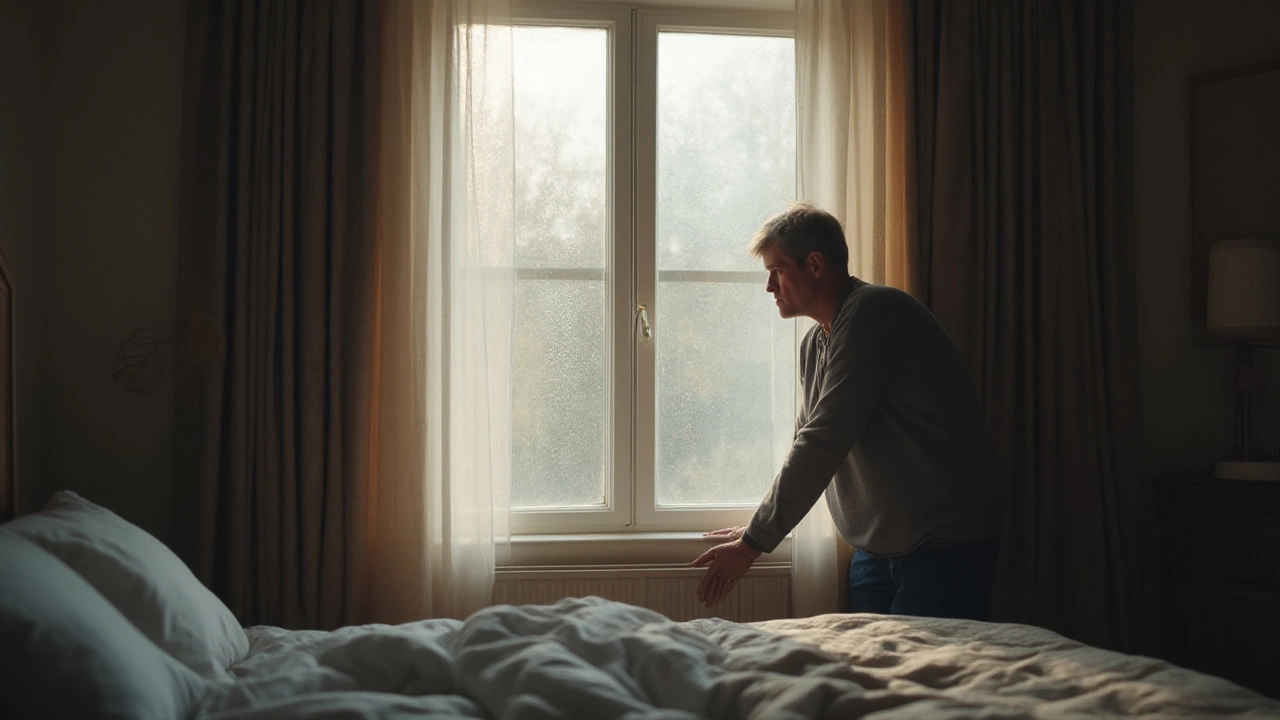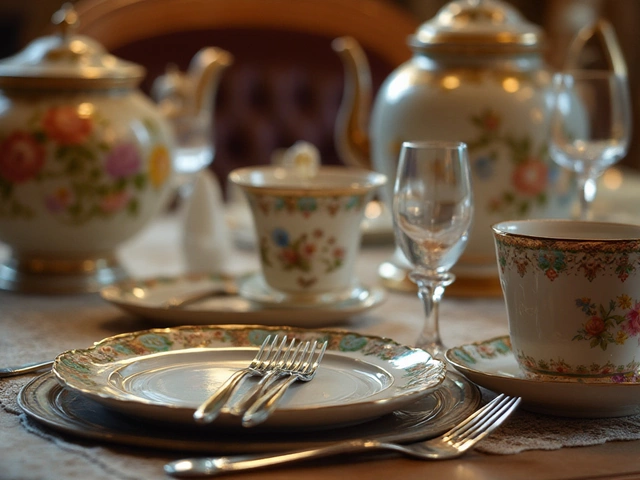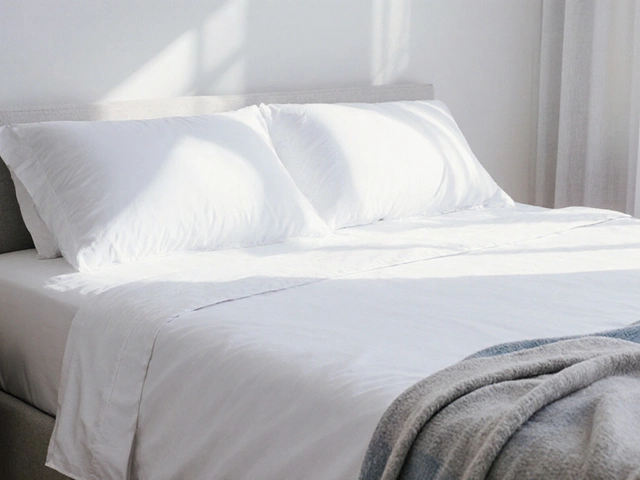Blackout Curtain Drawbacks: What to Watch Out For
If you love a dark bedroom or a TV room that stays cool, blackout curtains seem like the perfect fix. They block out almost all sunlight, cut noise a bit, and give you privacy. But like any product, they’ve got a few hidden flaws. Below we break down the most common issues so you can decide if they’re right for your home.
Heat and Energy Concerns
One of the biggest complaints is that blackout curtains can trap heat inside a room. Because the fabric is thick and usually doesn't breathe, warm air gets stuck when the sun shines on the windows. In summer that means higher cooling bills, and in winter you might feel the room stay colder longer.
To offset this, some people add a lightweight liner or open the curtains for a few minutes each day. It’s an extra step, but it helps prevent the room from becoming a sauna or an ice box.
Style and Flexibility Limits
Blackout curtains often come in darker colors and heavier material. That can make it harder to match a bright, airy decor. If you want a breezy look with light fabrics, you may have to compromise on the blackout performance.
Another point is that they’re not as easy to swap out. Because they’re usually custom‑sized and pricey, changing them for a different style means another investment.
Some brands now offer lighter‑weight blackout options, but they usually won’t block as much light as the classic heavy ones.
Cost and Installation Hurdles
Because of the extra layers and special fabrics, blackout curtains cost more than regular drapes. A good set for a standard window can run anywhere from £50 to £150. If you need them for every room, the price adds up quickly.
Installation can also be trickier. The rods need to support the weight, so you might need sturdy brackets or even a ceiling mount. DIY‑ers sometimes find the hardware mounting a bit more involved than hanging a light fabric curtain.
Impact on Natural Light and Mood
Blocking out natural light sounds great for sleep, but it can affect overall mood. Sunlight triggers the brain to release serotonin, which lifts spirits. If you keep rooms in total darkness all day, you might feel groggier or more subdued.
A simple fix is to use blackout curtains only in bedrooms or media rooms and opt for lighter window dressings elsewhere.
Cleaning and Maintenance
Heavy fabrics collect dust more readily, and many blackout curtains are not machine‑washable. Most require spot‑cleaning or professional laundering, which adds to the upkeep cost and effort.
If you have pets or kids, the extra care can become a real pain point.
Overall, blackout curtains deliver strong light‑blocking power, but they come with trade‑offs in heat retention, style flexibility, cost, and maintenance. Weigh these factors against your priorities – do you need complete darkness at night, or would a lighter window treatment give you a better balance of comfort and style?
Knowing the drawbacks helps you pick the right curtains for each room, saving money and avoiding frustration later.

Blackout Curtains Disadvantages: What You Should Know Before Buying
Explore the real downsides of blackout curtains, from air flow issues to impacts on mood and energy bills. Learn what to consider before installing them.
Categories
- Storage (27)
- Bathroom (18)
- Sofas (15)
- Curtains (15)
- Home Decor (12)
- Bedding (11)
- Kitchenware (11)
- Cushions (11)
- Mirrors (10)
- Rugs (9)
Popular Articles



